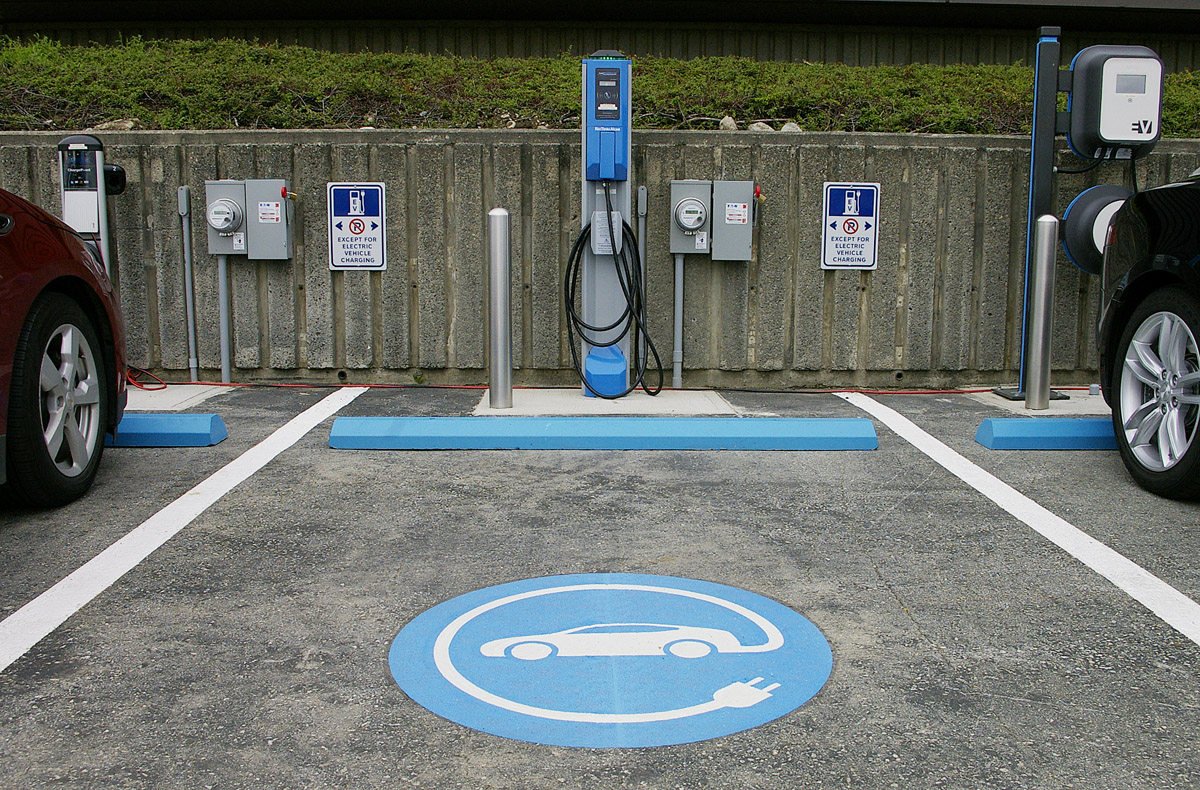Hyundai Sonata PHEV adds to growing segment of plug-in hybrid cars


Environmentally conscious driving is cool again. Credit largely goes to the reinstatement of a provincial Clean Energy Vehicle program, but also the proliferation of electric vehicles both available now and coming online soon. For example, Hyundai’s impending Sonata Plug-in Hybrid Electric Vehicle (PHEV).
Plug-in hybrids, such as the ones outlined below, are especially popular because of their ability to eliminate range anxiety (since they still have a backup gas engine) while allowing part-time electricity-powered, emissions free driving. And thanks to a growing number of charging stations in B.C., now totalling over 500, it’s easier than ever to plug in when you need to.

Hyundai Sonata PHEV
Going on sale sometime later this year, the Hyundai Sonata PHEV adds yet one more option to the redesigned Sonata sedan lineup. Along with a conventional hybrid, the two alternative Sonatas can be distinguished from its gasoline-consuming brethren via sleeker bumpers, grille, front fenders, headlights, taillights and even wheels that reduce drag to further increase efficiency.

The battery in the PHEV is rated at 9.8 kilowatt-hours, five times larger than the hybrid model, allowing it to travel up to 35 kilometres on electricity alone. A full charge takes about two-and-a-half hours using a 240-volt Level 2 charger.
Performance-wise, total output of the 50-kilowatt motor combined with a 2.0-litre four-cylinder internal combustion engine is 202 horsepower. Shifting is taken care of using a six-speed automatic transmission. Both the PHEV and the standard hybrid will be built at Hyundai’s Asan plant in South Korea.

Porsche Panamera S E-Hybrid
You always remember your first. For Porsche, that would be the Panamera S E-Hybrid, the German manufacturer’s first attempt at plug-in technology. Not much has changed since the luxury sports sedan debuted last year — for 2015 the cost of the vehicle dropped $3,000 to $110,000.

Although green architecture is at its core, this Panamera is definitely tuned for power. A 333 hp, 3.0 L V6 is matched to a 95 hp electric motor creating a net 416 hp. That will get the 2,000-kilogram-plus car, laden with plenty of weight-saving aluminum body parts, from 0 to 100 km/h in 5.5 seconds, and up to a top speed of 270 km/h.
When a situation calls for more civilized driving, there is an electric-only mode allowing the S E-Hybrid to travel up to 32 kilometres without using fuel.

Toyota Prius Plug-in Hybrid
When the plug-in version of the granddaddy of all hybrids, the Prius, was launched in 2012, it boasted the segment’s lowest starting MSRP at just $35,700 (before government incentives). That number has more or less been maintained — the current model being priced at $35,900 — and more features are available than ever before like a new optional Technology Package adding the Toyota pre-collision system, dynamic radar cruise control and auto levelling LED headlamps.
The Prius Plug-in may not possess Porsche levels of performance, but it is king in the eco department. A pairing of an Atkinson Cycle 1.8 L, four-cylinder engine with a high-torque electric motor package delivers 134 horsepower, and more importantly, 2.5 L/100 km of fuel economy. Top speed is 100 km/h and pure EV range is up to 25 kilometres.


